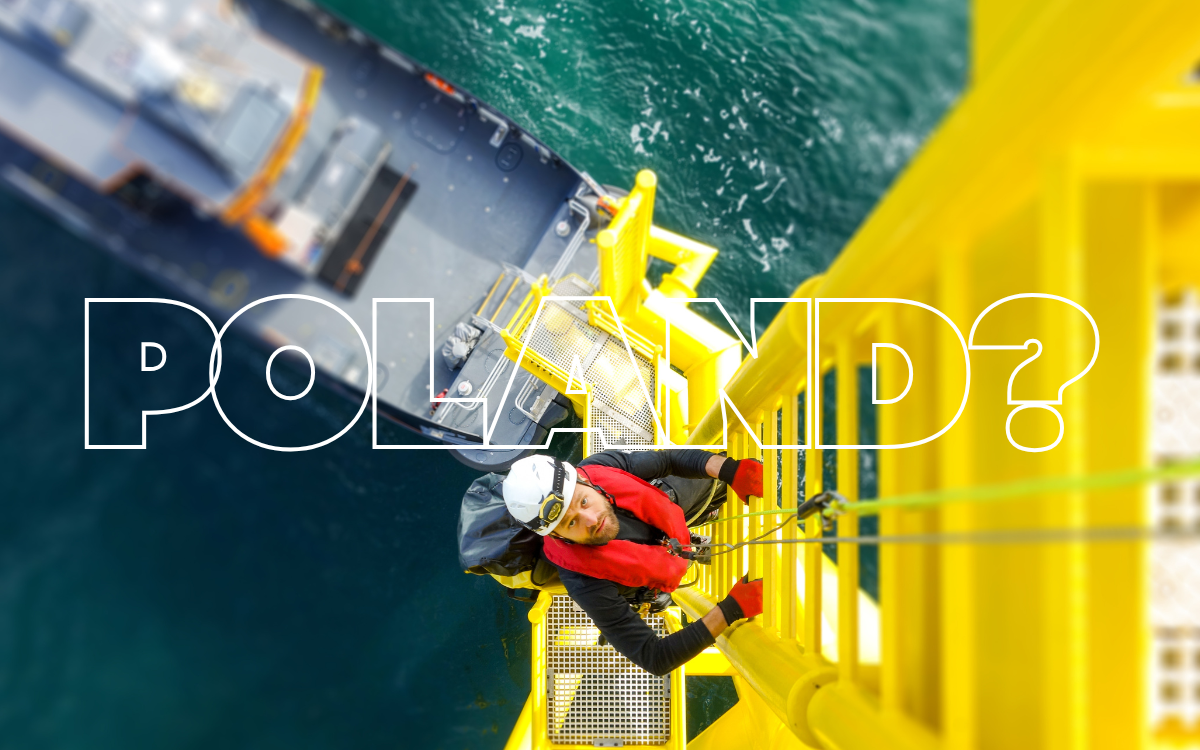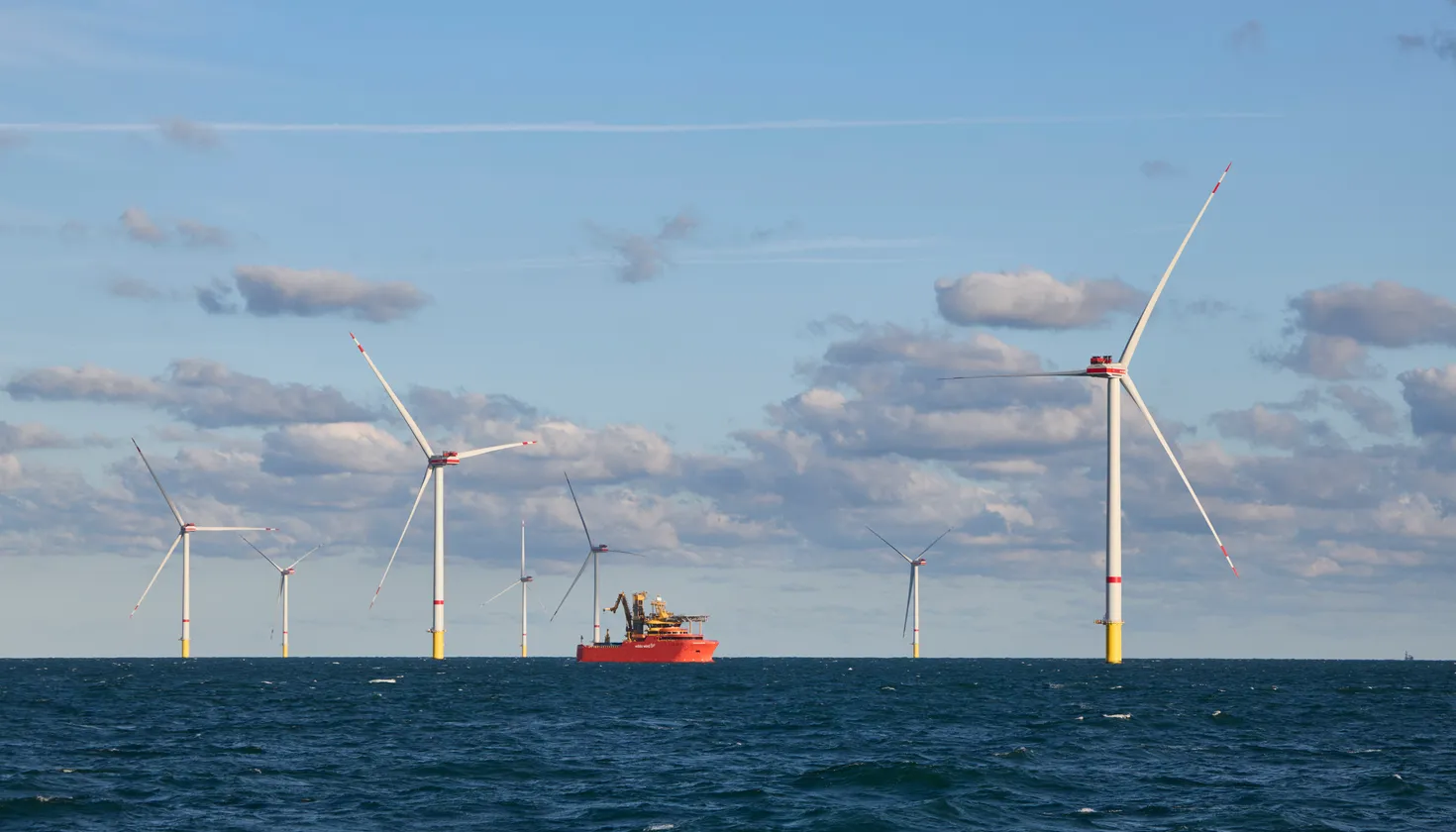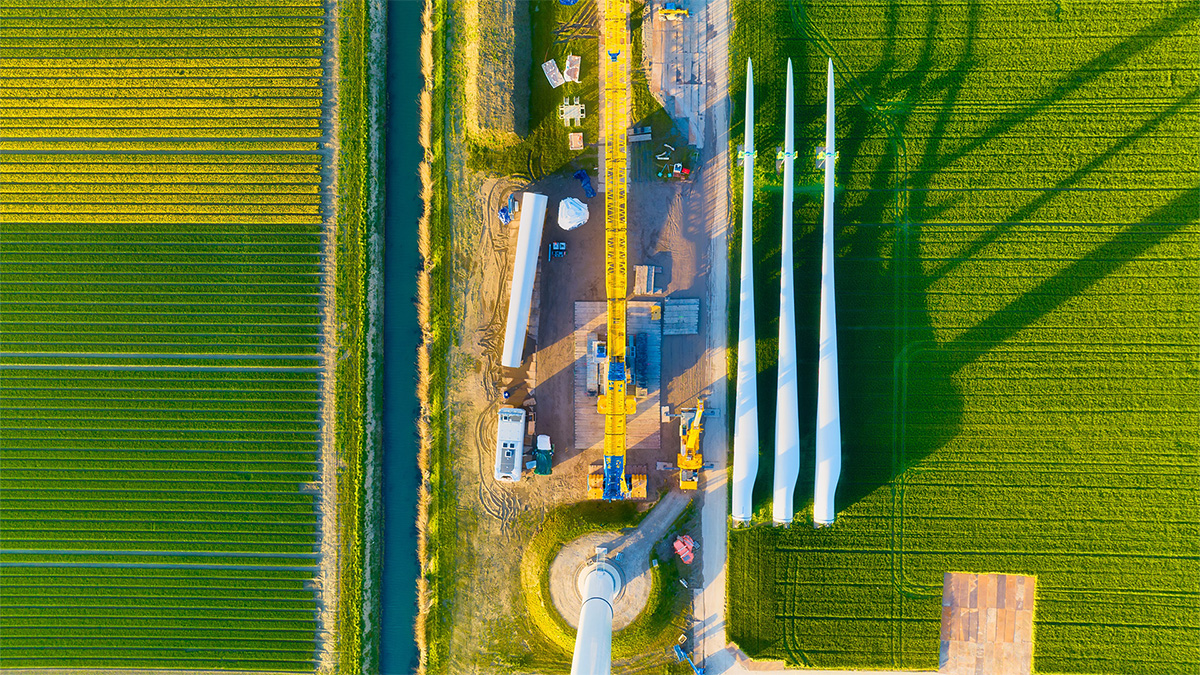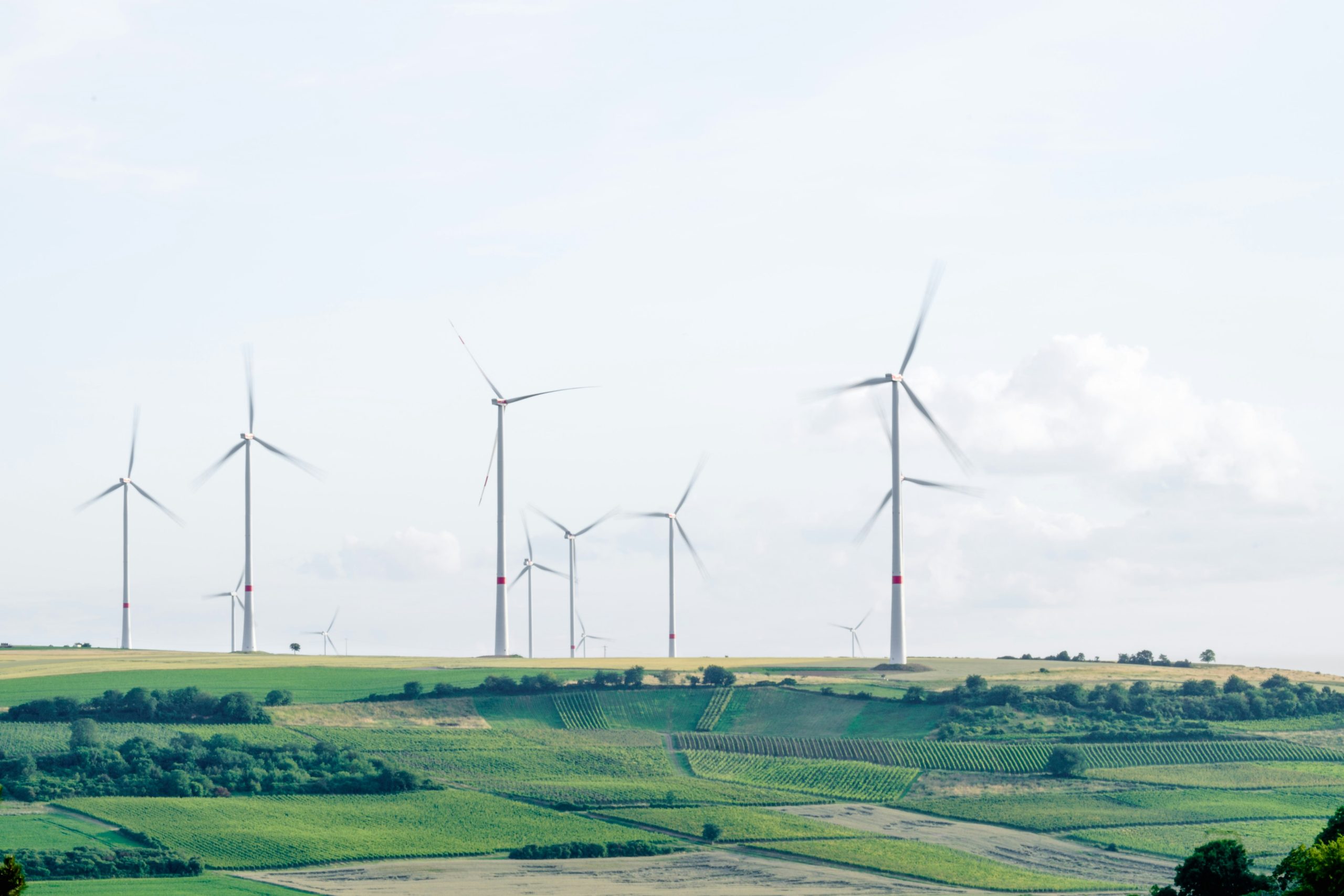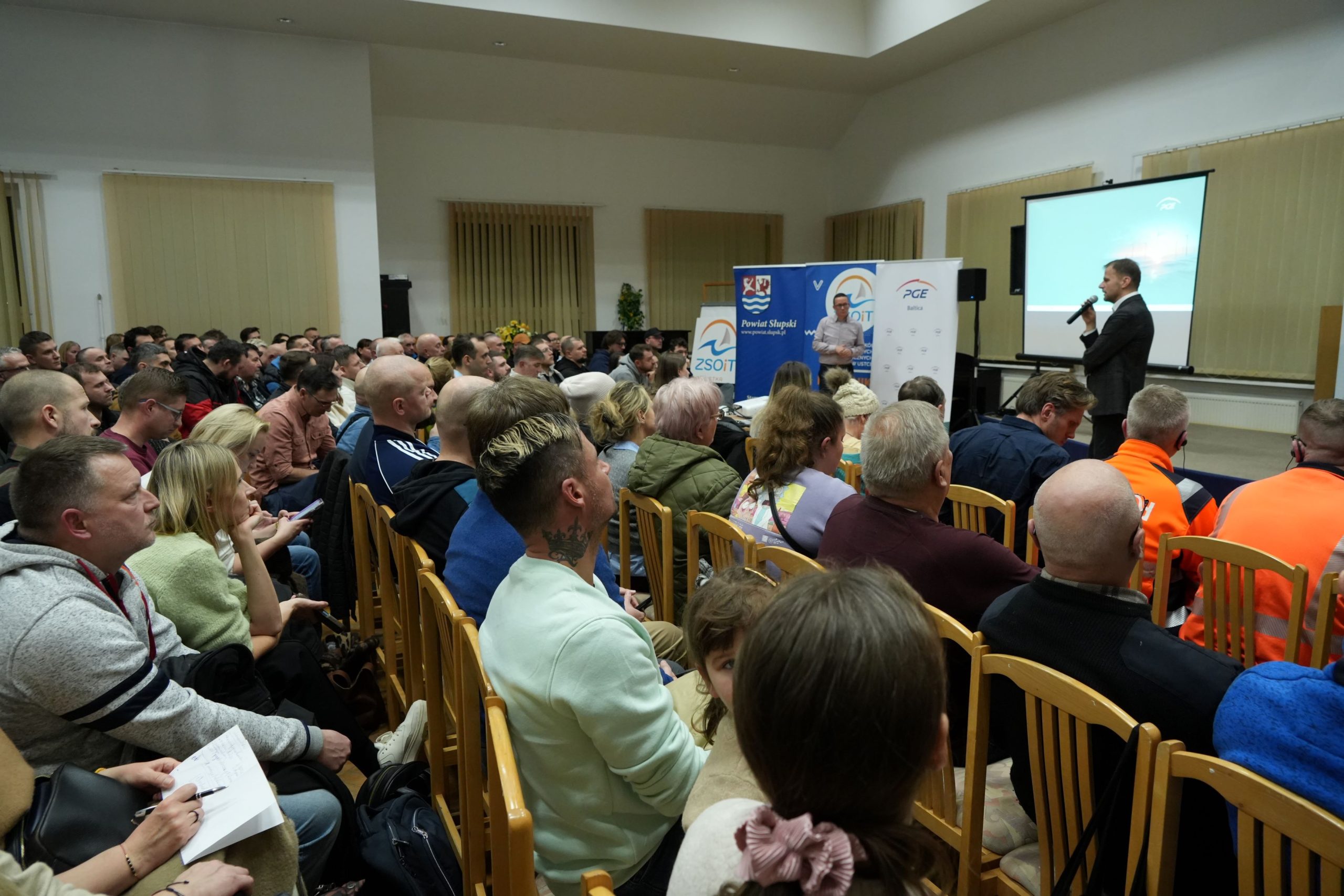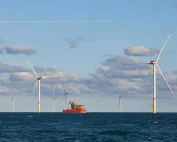In Poland, the discussion about local content returns like a wave that never quite hits the shore. After years of declarations and promises of a “better future for supply chains,” the government finally established the Team for Domestic Component Participation in October. It is a necessary and commendable initiative, but one that arrives noticeably late. The global wind industry has long moved beyond local ambitions. Today it is no longer simple corporate competition, but a fully fledged geopolitical battle in which Europe is fighting for the survival of its own industry.
And this is precisely where the conversation should begin. Not with another committee or plan, but with the question of whether Poland has simply missed the moment when local content could have been built relatively cheaply and without conflict. Today, this is no longer an economic matter, but a strategic one. And the international environment resembles an arms race far more than the “how to do it” or “is it worth it” debate that Poland is still having.
It is no coincidence that Prime Minister Donald Tusk now speaks a language that, just a few years ago, would have been labelled economic nationalism—and today sounds like the mainstream of the West. “We live among egoists, so we cannot be naïve. This is a world of ruthless competition,” he says, announcing that Poland’s 580 billion złoty in annual public procurement must—on the largest possible scale—go to Polish companies. This is no longer an appeal. It is a political mandate for the Ministry of State Assets and for the entire debate on local content.
At the same time, reports on the European wind sector sound like alarm sirens. In the ECFR analysis “Last gasp: Securing Europe’s wind industry from dependence on China,” we read that Europe’s wind industry is approaching a critical threshold. Solar is already lost. Europe was a pioneer; it had technology, factories, ambition—yet today, 95 percent of solar panels installed in the EU come from China. Wind is still holding the line, but Chinese manufacturers are marching forward with advantages Europe cannot replicate: unprecedented scale, low costs, and a state-backed industrial ecosystem. Added to this is a hard fact rarely discussed in Poland: China controls much of the supply chain, from rare earths to permanent magnets. Europe losing wind power would mean not only job losses, but a new strategic dependency—clean energy at the mercy of Beijing.
In this reality, the question of Polish local content becomes a question of whether Poland understands the logic of an era in which industry is a tool of geopolitics.
Local Content Between Protectionism and Naivety
The idea of “more Polish in Poland’s energy sector” is absolutely correct. The trouble begins when intuition turns into top-down decree. Meanwhile, Europe itself is sending contradictory signals: on the one hand defending its own industry, examining projects involving Chinese suppliers, and safeguarding strategic sectors; on the other hand suing Taiwan at the WTO over a strict 60 percent localization threshold for offshore wind. Poland should take this as a warning: local content must be smart. It must pass the economic, legal, and technological reality test.
France already attempted top-down localization once. The result? The most expensive projects in Europe, years of delays, and an industry stuck in regulatory gridlock instead of blossoming. WindEurope says it plainly: rigid, rule-based localization raises costs, kills competition, and repels investors.
The British model shows another path because there, pressure for local value creation works—but through an intelligent architecture of incentives: supply chain development plans, obligations built into CfD procedures or seabed leasing, and contractual penalties for failing to deliver. These are regulations that say: invest, build, localize—but do so within a framework that strengthens the host economy rather than suppressing the market.
Time for Poland?
The energy sector of the future is jobs, skills, factories, R&D centres, production lines, know-how and technologies that can be scaled and exported. This will determine whether Polish firms become assembly shops—or real players.
Meanwhile, the Baltic offshore sector operates in a world where Chinese turbines are 30 percent cheaper, Europe is defending its industry against the “second China shock,” and geopolitics regulates prices, access to components, and investment flows. If Poland designs its local content in a binary, checkbox-based way—combining Taiwan’s rigidity with France’s overregulation—it will create three parallel problems: trade disputes, rising project costs, and a false sense of sovereignty based on container-park assembly plants.
Conversely, a local content model in which Poland merely tightens bolts on imported nacelles and magnets is not economic sovereignty. It is subcontracting with a Polish flag in the background. That is why sensible industrial policy today is the architecture of long-term resilience. And only in those terms does Polish local content make sense. Not as a list of parts that “should be Polish,” but as a strategy for building national capabilities to control key segments of the supply chain—from steel and cables to software and data that control turbine operations.
Does Poland Even Need Local Content?
More than ever. But only if it is built not as a slogan, but as a strategy. Which means answering three questions:
• Which segments of the supply chain must be controlled from Poland or the EU—including software, data, and remote control systems?
• How can Poland enforce real technology transfer and investment rather than token assembly work?
• How do we secure ourselves against a geopolitical shock in which access to service, spare parts, or software updates becomes a pressure tool?
Without these answers, local content is a patriotic slogan. With them, it can become a tool of sovereignty.
Instead of a Conclusion
Minister Balczun is right when he says that local content is a decades-long project and a sign that Poland is stepping out of the role of an “aspiring country.” But whether we truly step out of that role will be determined not by declarations but by invoices: where Poland’s blade, cable, and magnet factories stand ten years from now; who owns the software controlling Baltic turbines; whether Poland joins Europe’s strategic independence effort—or merely attaches itself to someone else’s supply chain.
Local content can be the beginning of real modernization. A chance for Baltic offshore wind to be not just a source of clean energy but a high-value industrial sector in Poland. The industry has dreamed of this for years. And while the opportunity seems late, as the old saying goes: as long as the ball is in play, anything is possible.
The key is to finally play for the full stakes.
